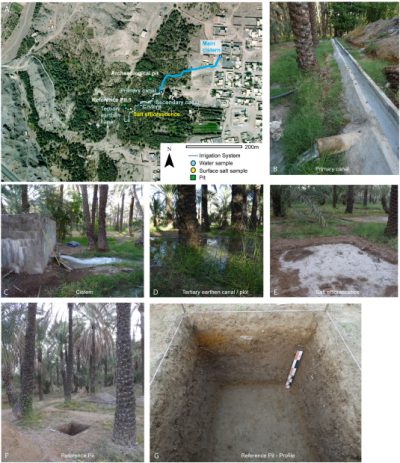Rose Cottage Cave is widely recognised as a key sequence for the Middle Stone Age and Later Stone Age in the southern African central interior, with its unique palaeoenvironmental and chrono-cultural archive spanning a semi-continuous record from the Late Pleistocene to the 19th century. Building on important previous research, new excavations will extend our knowledge concerning technological systems, landscape use, human-environment interactions, as well as site formation and the linkages between these parameters in a regional context. Here we report on preliminary insights from the recent fieldwork and provide an overview of future directions.
A lire aussi
Article | Oases of the world: Urgent call to save key archives for cultural and biological diversity
Bretzke, K., Sanz, N., Falkenhahn, M. et al. Oases of the world: Urgent call to save key archives for cultural and biological diversity. npj Herit. Sci. 13, 563 (2025)
Article | Can we detect soil salinity in ancient arid agricultural soils? A geoarchaeological, physico-chemical and micromorphological investigation (Oasis of Masafi, UAE)
Louise Purdue, Arnaud Raibaldi, Arnaud Mazuy, Sophie Costa, Journal of Arid Environments, Volume 232, 2026
Musée de Terra Amata | interview Michel Véronique, datations
Le site préhistorique de Terra Amata à Nice a été daté de 380 000 et 400 000 ans. Véronique Michel, chercheuse au CNRS (CEPAM), nous explique comment on a pu procéder pour obtenir ce résultat



